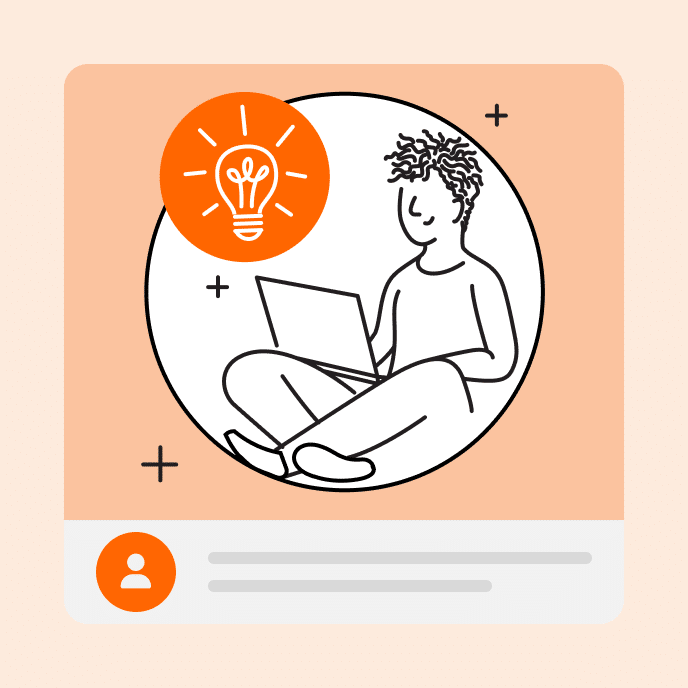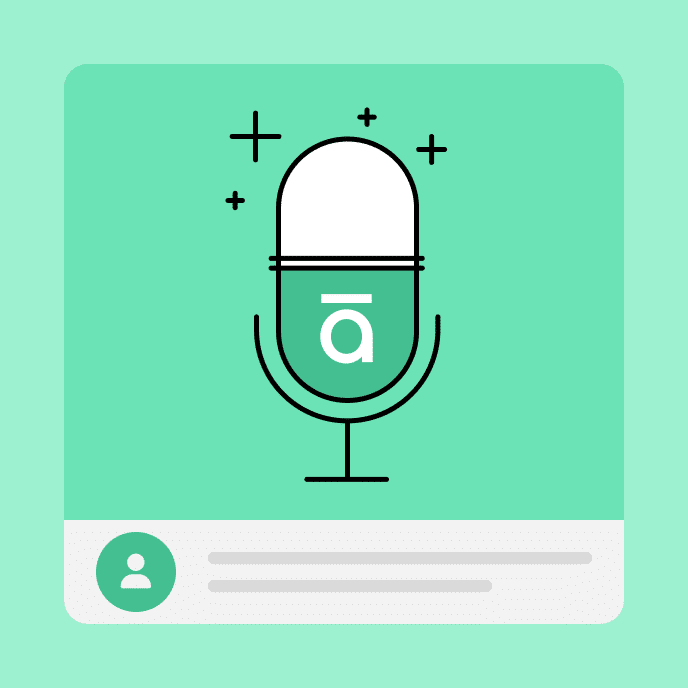The E-Learning Course is Done. Now What?
A lot goes into getting an e-learning course developed AND delivered. Here are a few thoughts on who owns the post-course process.

Now what?
You built an e-learning course and the client is happy. Now what?
There’s a lot that happens between getting the course uploaded and then delivered to those who need to consume it. And then after that, what happens next?
Here are a few ideas.
Implementation strategy
Once a course is built, it needs to be rolled out to its intended audience. Often this part of the course construction is out of the hands of the person who builds the course. However, it’s still a major consideration and many clients (especially if they’re internal managers) don’t think through the implementation process. It’s a good thing to have a few questions to ask so that those things are considered as part of the course construction process.
- Where is the course housed? How does it get there?
- Who manages the distribution of the course?
- How do learners know the course is available?
- How do managers know who needs to take the course and when they completed it?
- How do managers discern if the course is required or not?
Ongoing course considerations
- How is the effectiveness of the course determined?
- What data needs to be collected to determine if the course is effective?
- Who collects and reports the data? At what frequency?
- Is there feedback on the course? How are adjustments made to it?
- What about ongoing maintenance? Is the course content reviewed quarterly? Annually? Who owns this?
The points above are not exhaustive. There’s a lot more that needs to happen after the completed course is delivered to the client.
What are other considerations you’d add to the list?
You may also like

How to Create Online Training Modules: A Step-by-Step Guide
Learn how to create effective online training modules and choose the right tools to engage learners and drive results with this step-by-step guide.

